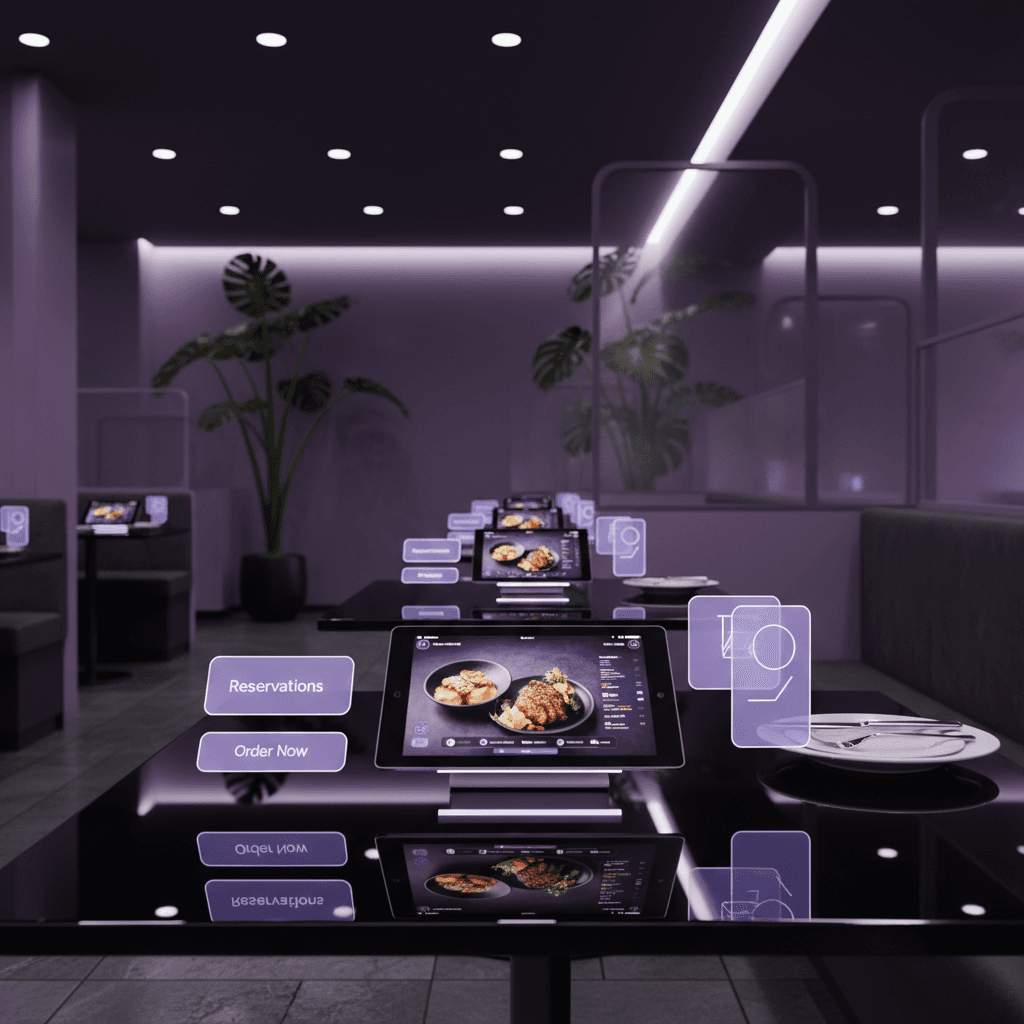Introduction
Many B2B marketers face the same dilemma: should you opt for No-Code or Full Code when redesigning your website? Marketing wants agility and speed without compromising on high-end UX. Let’s compare both options so you can make a confident decision.

1. What Is a No-Code Platform?
No-Code solutions (Webflow, Bubble, Squarespace, etc.) let you build or redesign a site without writing complex code through drag-and-drop editors, templates, and intuitive interfaces.
No-Code Advantages
- Fast rollout: launch an MVP or refresh sections quickly without mobilizing developers.
- Lower initial budget: less custom development keeps upfront costs down.
- Marketing autonomy: teams can tweak content or layouts without technical support.
No-Code Limitations
- Restricted customization: you rely on native features—limiting if you need advanced user journeys or complex integrations.
- Variable performance: some templates produce bloated code that slows load time and hurts SEO.
- Platform lock-in: you depend on a vendor, complicating maintenance or migration as you scale.
2. What Is Full Code?
Full Code means a fully custom build using frameworks like Vue.js, React, Laravel, or Symfony. You control every layer—from structure to functionality to performance.
Full Code Advantages
- Deep personalization: create a UX tailored to B2B buyers with features like quote configurators, secure client areas, CRM sync, and more.
- Optimized performance: clean code engineered for speed and SEO.
- Longevity & scalability: you own the codebase and can evolve it freely.
Full Code Limitations
- Higher upfront investment: custom development requires greater expertise.
- Longer timelines: detailed specs and development time are mandatory.
- Technical stewardship: you need an internal team or trusted partner for maintenance and upgrades.
3. How to Decide
Align the approach with your business goals, resources, and constraints:
- Project scope
- Small showcase site with limited features? No-Code can work.
- Complex B2B platform (e-commerce, CRM integration, advanced journeys)? Go Full Code.
- Budget constraints
- No-Code keeps upfront costs low but adds monthly fees (subscriptions, premium plugins).
- Full Code costs more initially but reduces long-term dependency and recurring fees.
- Flexibility & scalability
- If you expect frequent iterations, custom flows, or advanced automation, Full Code gives you control.
- Use No-Code to validate concepts fast or launch simple experiences.
- Internal resources
- Marketing teams can manage No-Code updates.
- Full Code demands developer skills or a partner for continuous improvement.
- Performance & SEO
- Full Code offers precise control over Core Web Vitals, structured data, and advanced SEO.
- No-Code can still rank—but requires careful template selection and optimization.
Key Questions to Ask
- What is my overall budget and timeline?
- Do I need integrations with CRM, ERP, or custom tools?
- Will I push premium motion design or 3D experiences?
- Do I expect major evolutions within the next 12 months?
- What level of personalization and performance does my brand demand?
FAQ - Questions fréquentes
Conclusion: Align Technology with Strategy
There’s no universal winner. For marketers turning their site into a conversion engine, Full Code often delivers the flexibility and expertise needed for long-term growth. But when the project is simple or you need to test concepts quickly, No-Code is a great ally.
Whichever path you choose, never compromise on UX, load speed, and SEO—they’re the levers that convert B2B visitors into qualified leads.
Need guidance or a complete end-to-end build (strategy, design, Full Code development, SEO)? Get in touch with Aetherio and we’ll help you choose the best approach for your B2B goals.






